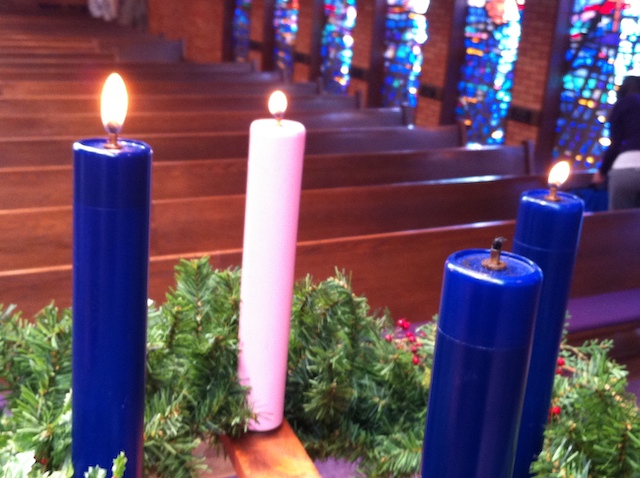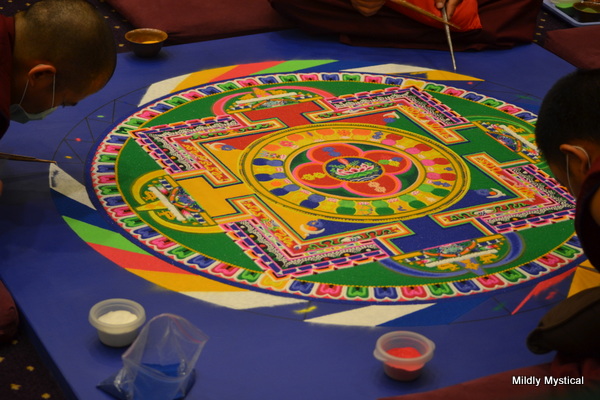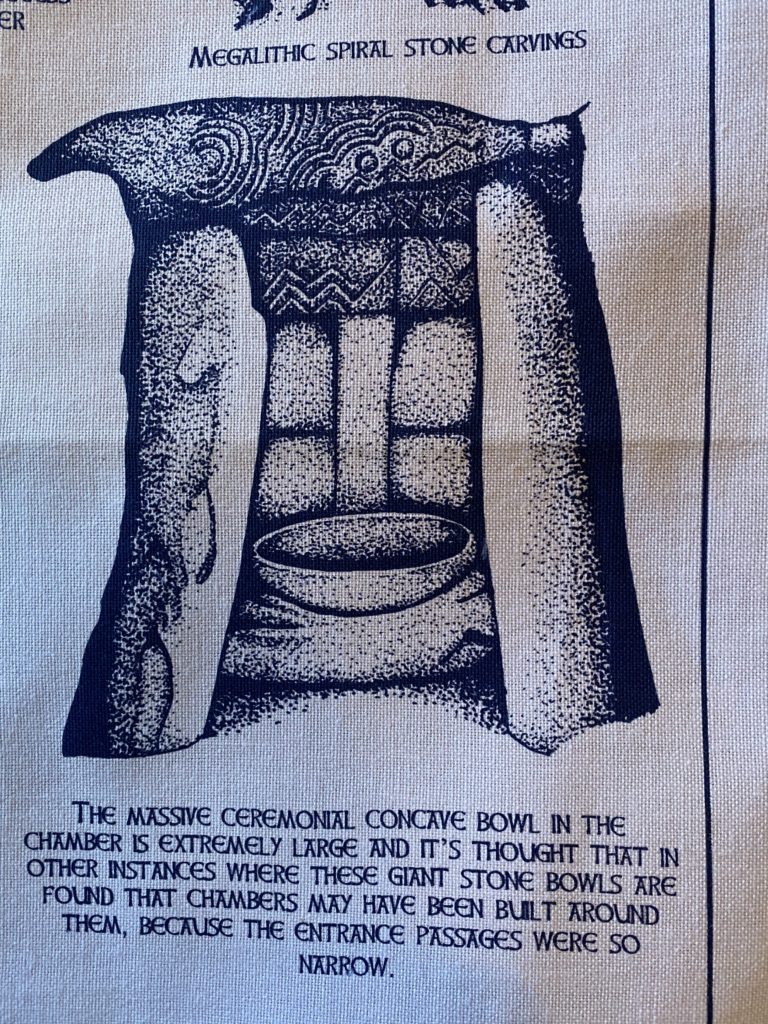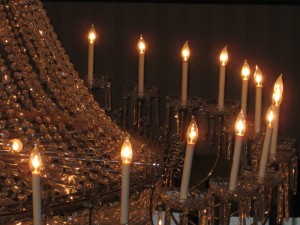This year as we move into the time of Advent, I’m offering a class exploring the symbolism and the healing power of the mandala. In this season of increasing darkness without the holiday observances we usually enjoy, we need some new way of inviting Advent to speak to our hearts. We can all use some encouragement, and my hope is that this class will help.

Perhaps you’re familiar with the tradition of lighting candles in an Advent wreath during the weeks leading up to Christmas. This ritual is especially comforting as the weather turns colder and the nights grow longer. Four candles in a circle, as if to mark the four corners of a square, represent characteristics to kindle in our own hearts. The Christ candle itself, the light of transformation, marks the center point.
The shape of the Advent wreath and its candles forms a mandala—a symbol of the sacred wholeness that is the essence of all creation, and of our own souls. “Mandala” is a Sanskrit word for circle, and designates an infinite variety of circular patterns. The combination of a circle and square is a common mandala design, representing a union of heaven and earth. This universal, archetypal symbol shows up throughout history and in every culture. It is one of the first shapes that young children draw, and it appears in our dreams as a sign of healing and wholeness.
In the spirit of lighting the Advent wreath, we’ll consider a different realm of life at each class meeting and name a particular quality we wish to kindle. If you wish, you can create your own tabletop mandala and enjoy the increasing light as we burn an additional candle each week.
We’ll also engage in a dialogue with the soul through creating a series of mandalas, whether with colored pencils, crayons, marker, paint, or collage. No artistic ability is required whatsoever.
Along the way, we’ll look at examples of mandalas in nature, art, and architecture, gain insight from C. G. Jung’s perspective on mandalas and what they represent, and discuss the symbolism that shows up in the mandalas we create.
As the year winds down toward the winter solstice and the celebration of Christmas, I hope you’ll join me in making space for a new way to invite meaning, inspiration, and hope to the season.
Details:
We’ll meet via Zoom on Monday evenings, 6:30 – 8:30, beginning on Monday, November 30. The final meeting with be Monday, December 21 (which happens to be the day of the winter solstice). The cost of the class is $80. To sign up, just write to me at susan@mildlymystical.com and let me know you’re interested.




